Current Together.Health Projects
Together.Health Security Assessment
The Together.Health Security Assessment improves the efficiency of security reviews for both vendors and health care organizations while allowing continued use of existing assessments and was developed through a national collaborative effort to translate security standards to streamline innovation. We analyzed hundreds of security assessments, consulted with 100+ cybersecurity experts (CIO’s, CISO’s, etc.), created a common set of questions, and mapped them to existing frameworks. Learn more here.
PROJECT LEAD
Jeff Englander, Clearwater Security
International Collaboration
Through partnerships with global innovation networks, Together.Health connects international startups and organizations with U.S. market opportunities and cross-border exchange. This collaboration fosters global insights, shared best practices, and expanded commercialization pathways.
PROJECT CO-LEADS
Kirk Barnes, TransPharMed | Rachel Dixon, New Frontiers Health
Real-World Data and Ethical AI
Together.Health promotes ethical, equitable, and secure use of real-world data and artificial intelligence. By bringing together experts across sectors, the coalition advances the responsible deployment of digital health tools and data-driven insights that reduce bias and strengthen patient care.
PROJECT LEAD
To be announced
Pediatric Innovation
Together.Health prioritizes the advancement of pediatric healthcare innovation by supporting technologies and partnerships that address gaps in children’s health, improve care delivery, and enhance outcomes for youth and families.
PROJECT LEAD
To be announced
Ecosystem Mapping
Together.Health maintains a comprehensive map of health innovation ecosystems across the country, linking accelerators, research institutions, payers, and providers to identify opportunities for partnership, resource-sharing, and collective impact.
PROJECT LEAD
Johnny Lam, Scale Health





